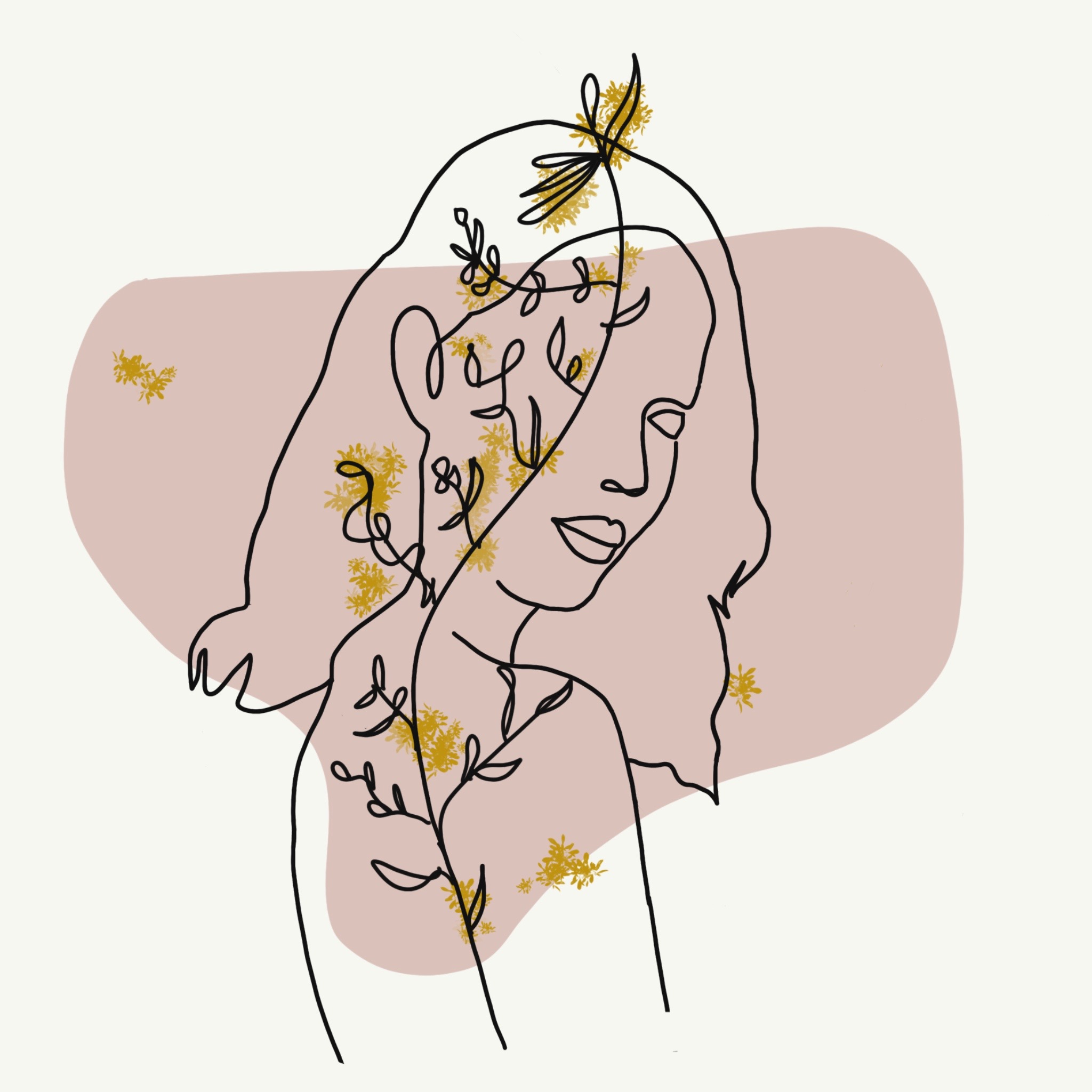The City in the Forest - Puerto Princesa City
Puerto Princesa City - considered to be the cleanest and greenest city in the Philippines. There is no doubt that Puerto Princesa City is so called the City in the Forest. It has that relaxed and fresh city vibe that makes you feel you are home. The city's attraction focus mainly on historical sites, remarkable restaurants, nature's wonders, among others.
Upon our arrival, we checked in early at Casa Fuerte Bed and Breakfast. After 30 minutes of rest, we immediately headed for our city tour together with a group of 4 Indonesians.
We pass by at Palawan’s local version of Manila bay. It would have been great to stroll around if not for the burning sun or watch the sunset and feel the fresh air (so much not like Manila). Then our first stop was at Plaza Cuartel and Immaculate Concepcion Cathedral.
Plaza Cuartel looks like an ordinary urban park with benches, trees and gardens. But this place best describes the dark history of Palawan. According to our tour guide Kuya Ernie, this place used to be an old garrison during the World War II where Japanese soldiers burnt almost 150 American prisoners inside a tunnel. Only 10 of them survived to tell the forbidding story that happened. Nowadays, this plaza is being maintained by the local government.
Adjoining Plaza Cuartel is the Immaculate Concepcion Cathedral. They say this used to be a small church during the Spanish occupation, but was later on developed to be a cathedral.
The second stop was the Souvenir Shop / Market just along Rizal Avenue - the city’s national highway. You can buy here Palawan’s specialties such as cashew nuts, varieties of which, pearls and other souvenir stuffs at low prices.
Third stop is the Palawan Wildlife Rescue and Conservation Center, which is formerly called as the Crocodile Farm. I remember this place was featured in an episode of SineSkwela way back my elementary days. This farm serves as a breeding place for endemic Philippine crocodiles and a home to some endangered animals in the country.
Upon the entrance, they features the skin and skeleton of the 2nd largest crocodile caught alive in the country after Lolong. This was a saltwater crocodile caught somewhere in the island after engulfing a child. They say it is more than 50 years old already so the skin has no value at all and was just preserved for public viewing. It has the size of about 17ft long.
A few meters from the lobby is their hatching house. Here, you will find baby crocodiles in white sinks grouped according to kinds and ages. The guide said saltwater crocodiles grow larger than the freshwater ones. Then there's a walkway in the middle that allows guests to see the crocodiles. We were warned not to extend closer to the sinks as the crocodiles may get wild and try to reach or bite the guests.
After the hatching house is a concrete cage where adult crocodiles are placed. Above the cage, there is an iron-made walkway for the guests. Since crocodiles are nocturnal animals, they were just lying still (or sleeping) on the pen not making any move. Since crocodiles do not have sweat glands, they release heat through their mouths - the reason why their mouths are open while sleeping.
Downside the cage is a photo-op with a live baby crocodile. Their mouth is wrapped by a scotch tape so don’t worry, it’s safe but I actually got a little panicky when the baby crocodile moves while I was holding it. Lol
There is also a bear cat named Ella.
Our next destination was the Mitra’s Ranch. This one is located uphill in Sta. Monica, Puerto Princesa. An ordinary ranch with horses, cows and cosmic lands for farming. They also offer zip line adventure, but we didn’t give it a try. From up there, you will see an overlooking view of the Honda Bay Islands. Kuya Ernie said that this ranch is owned by the Senator Ramon Mitra as the name implies.
Just a few minutes ride back from Mitra’s Ranch has been the Baker’s Hill. As the name implies, they sell cakes, pastries and their best-selling hopia. It’s a well-designed theme park with beautiful gardens, life-sized statues and landscape gardens.
This is where we tried the very famous exotic Palawan delicacy tamilok. They say, your Palawan tour won’t be complete if you don't try it.
Tamilok or shipworms are not worms at all but rather a group of unusual saltwater clams with long, soft naked bodies. (Source: Wiki) I was really excited to try it. It was prepared as kinilaw - raw, but marinated with vinegar, chopped ginger and salt. I actually loved it and was wanting for more. Lol. Well, it tastes just like oysters.
Last stop was the Binuatan Weaving Center where we checked locals hand-weaving colorful table runners, bags and other works of art. They use materials from indigenous grasses and plants. We actually tried it and surprisingly, it's not that very hard but would require a lot of patience!
That's where our city tour ended. We went back to the hotel feeling tired and exhausted. After a few hours of rest, we went to Kinabuch’s Restaurant. This is obviously one of the most go-to restaurants in the PPS city as it was really crowded with customers by the time we arrived there. Kinabuch’s (pronounced as Kina Butch) offers exceptional Filipino cuisines including Crocodile dishes at very reasonable prices.
Here's a photo of their best seller Crocodile sisig:
I don’t know how to describe its taste but honestly, we didn’t like it. It tastes a little like pork but you’ll distinguish that it isn’t really pork. Their other dishes are good,though. Fair enough for a 750-php dinner for tight budget travelers like us.





























0 commentaires